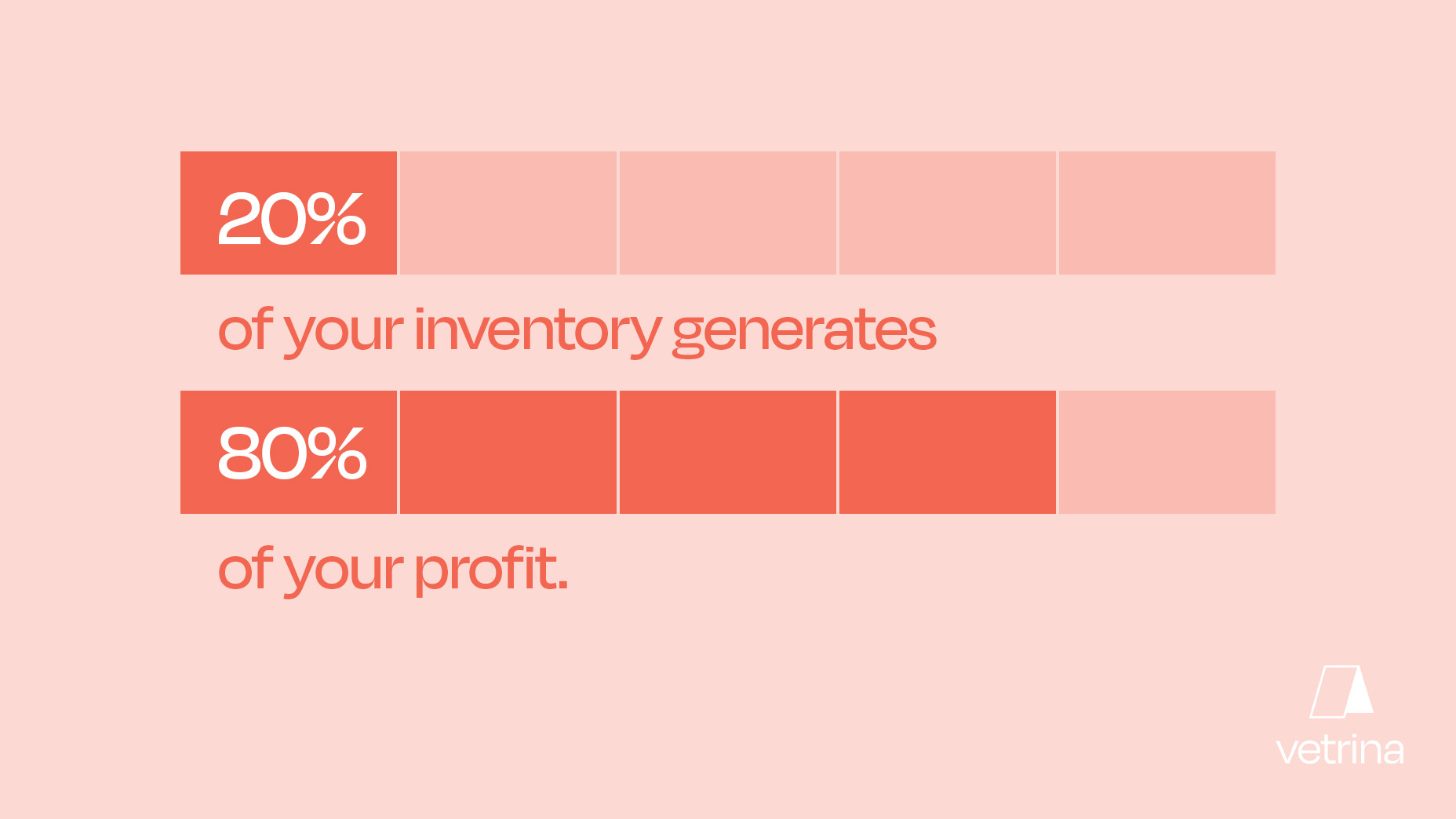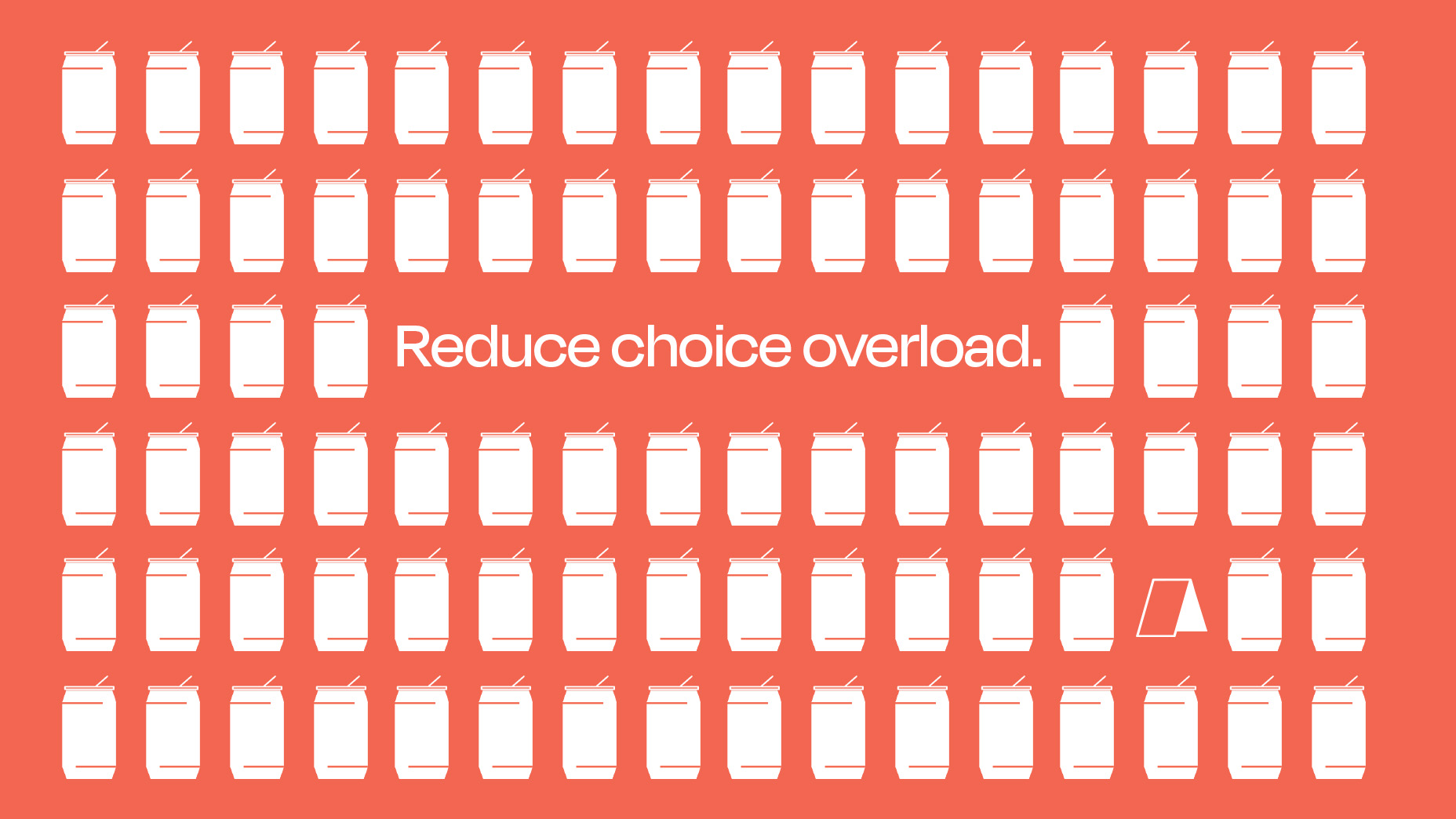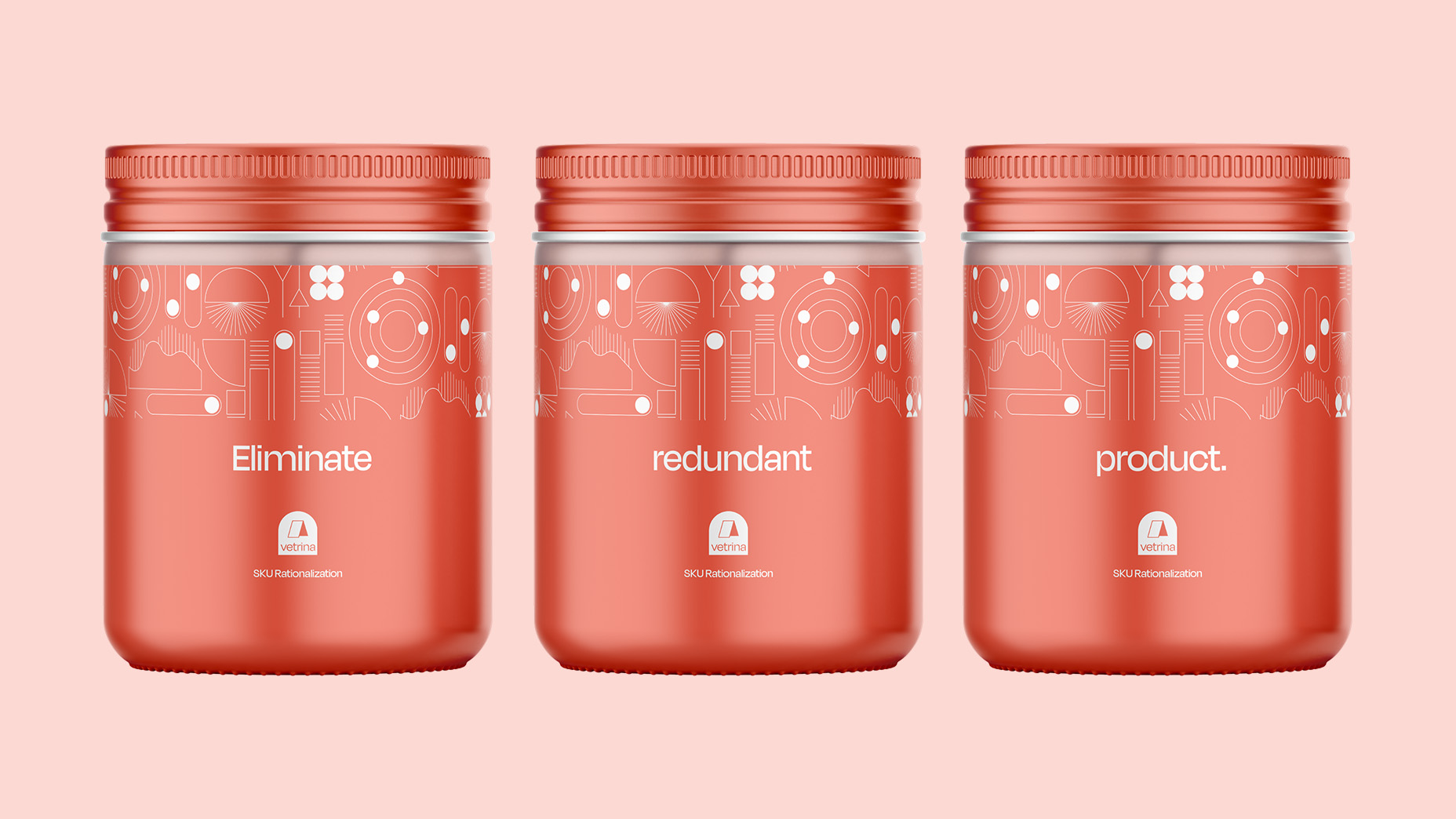
SKU Rationalization: Maximizing Profitability through Effective Inventory Management
May 08, 2023The Hidden Costs of Slow-Moving Inventory
Is slow-moving inventory killing your store? Besides rent, inventory is one of the largest costs that can destroy your profitability, and inventory sitting collecting dust doesn’t gain value.
While cannabis markets across North America have seen year-over-year growth, store-level sales are being impacted by store saturation. Retailers must be more strategic than ever with their operating expenses to succeed in these markets, such as those found in Ontario, Alberta, California, Ohio, and Michigan.
Brands and retailers may have a knee-jerk reaction to mark down prices in order to increase appeal and sell-through. However, this strategy risks falling into a pricing compression trap, as explained in this blog post. In a vicious cycle, competitor brands create competing products to generate more sales volume, chasing lower prices.
A major lesson Cannabis brands and retailers across North America are now learning is a cornerstone of Retail 101: More SKUs ≠ more sales.

Fewer SKUs with more assortment
In a saturated market, understanding your inventory and flagging slow-moving inventory through conducting SKU rationalization can lift profitability.
💡 SKU rationalization means analyzing your current inventory and eliminating products that aren't selling well. You can choose which products to add, remove, or keep in stock. Removing products that aren't selling well can help you organize your inventory better.
Focusing on a dynamic assortment that meets customer demand as a Brand or retailer will set you apart in your market.
SKU rationalization aims to make inventory spending more efficient and effective while reducing the amount of money tied up in stock.
In fact, depending on the market, 70-80% of sales are generated with 20-30% of SKUs on-hand.

Why Retailers and Brands should rationalize SKU assortments
Performing SKU rationalization every quarter can lead to better assortment decisions and reduce inventory carrying costs for slow-moving products. It supports a review of your inventory's return on investment (ROI).
Retailers:
- Simplify customer decision-making by reducing inventory. (i.e., the same flavour edible across multiple brands. Which ones could be eliminated, driving more sales into fewer SKUs?)

- Avoid purchasing excessive seasonal or trendy SKUs; testing and iteration are key. Define a period of time and assess how much you sell during that time to determine the most profitable SKUs.
- Eliminate redundant products. When adding a new SKU, check if you have products customers would see as the same.

Brands:
- Meet with purchasers to discuss their assortment plans. Explain how your product fits into the assortment. What might be competing or complementary SKUs?
- Use engaging visual merchandising assets to support seasonal SKUs and generate touchpoints to help promote limited-time products
- Reduce your overall core assortment to allow for newness to flow in and out
If this blog post made you think about dusty products sitting on your shelves or if you became curious about making better assortment decisions, be sure to sign up for our newsletter. We help our subscribers tap into industry insights and recognize the signs of success to drive your business into higher profitability.
Tactical insights to become
a Cannabis Retail Insider!
Access expert insights in one easy-to-digest
and follow-along newsletter.
We hate SPAM. We will never sell your information, for any reason.

